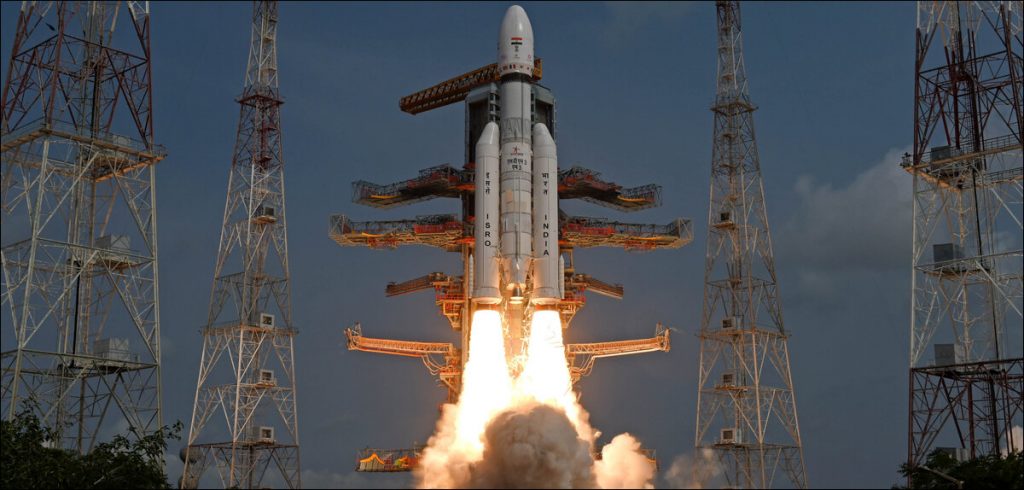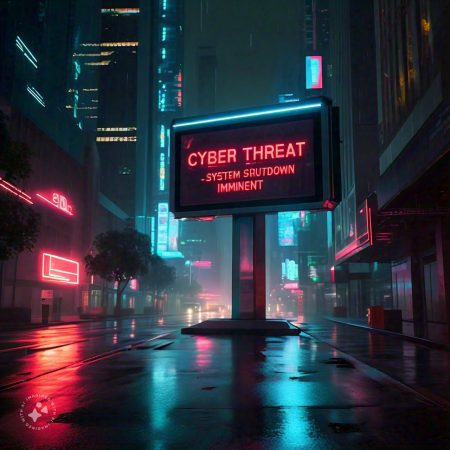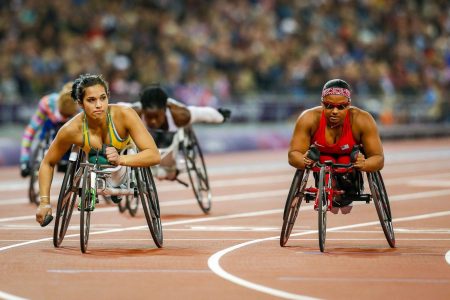As the Indian Space Research Organization gears up for a big 2024, Adarsh takes you through all that’s in store.
In a recent disclosure to the Rajya Sabha, the Indian Space Research Organization (ISRO) shed light on its plans for the ambitious slate of space missions slated for 2024. The comprehensive plan encompasses a diverse range of missions aimed at elevating India’s presence in the global space arena.
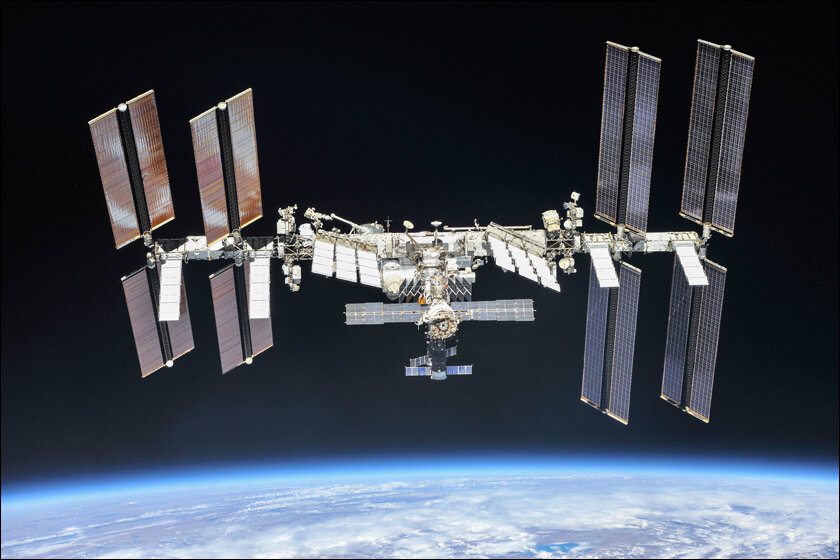
ISRO’s 2024 Mission Roster
The missions for 2024 include a blend of pivotal satellite launches and technological demonstrations that underscore ISRO’s prowess and vision for space exploration. The ten crucial space missions including 6 PSLV missions that will power space science and commercial ventures, 3 GSLV ventures that will focus on meteorology, navigation and collaborative efforts and a launch vehicle that is for commercial ventures and cutting-edge experiments.
Six Polar Satellite Launch Vehicle (PSLV) missions stand out prominently in the lineup. These missions are geared towards launching a space science satellite, an Earth observation satellite, and two technology demonstration missions. Additionally, they will usher in two commercial missions facilitated by NewSpace India Limited (NSIL).
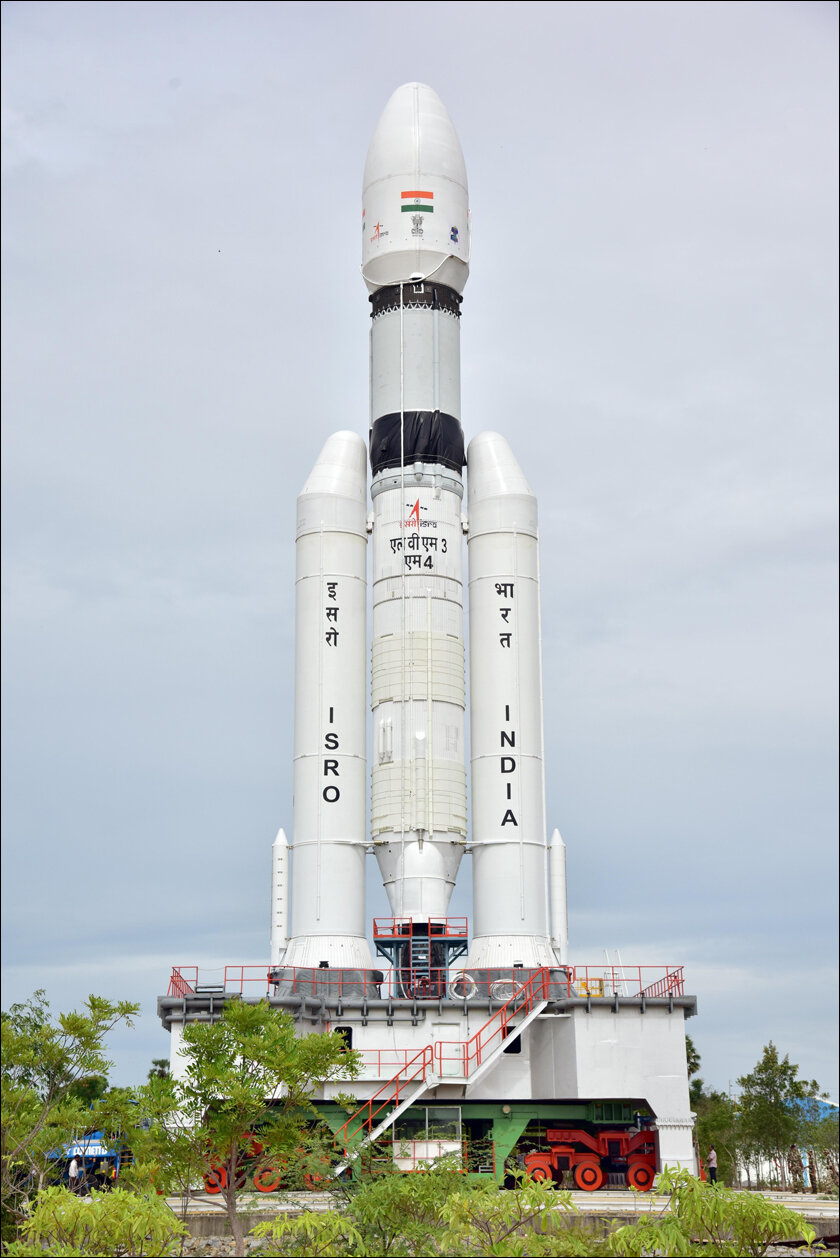
The itinerary also encompasses three Geosynchronous Satellite Launch Vehicle (GSLV) missions, each with distinct objectives. Among these missions are plans to launch a meteorology satellite, a Navigation satellite, and a joint NASA-ISRO Synthetic Aperture Radar satellite. These missions underline ISRO’s collaborative efforts on the global stage.
Furthering its stride in commercial space endeavours, ISRO aims to conduct a commercial mission with the Launch Vehicle Mark-3 (LVM3), facilitated by NSIL. Additionally, the Indian space agency is set to orchestrate two autonomous runway landing experiments of the winged body Reusable Launch Vehicle, showcasing strides in reusable space technology.
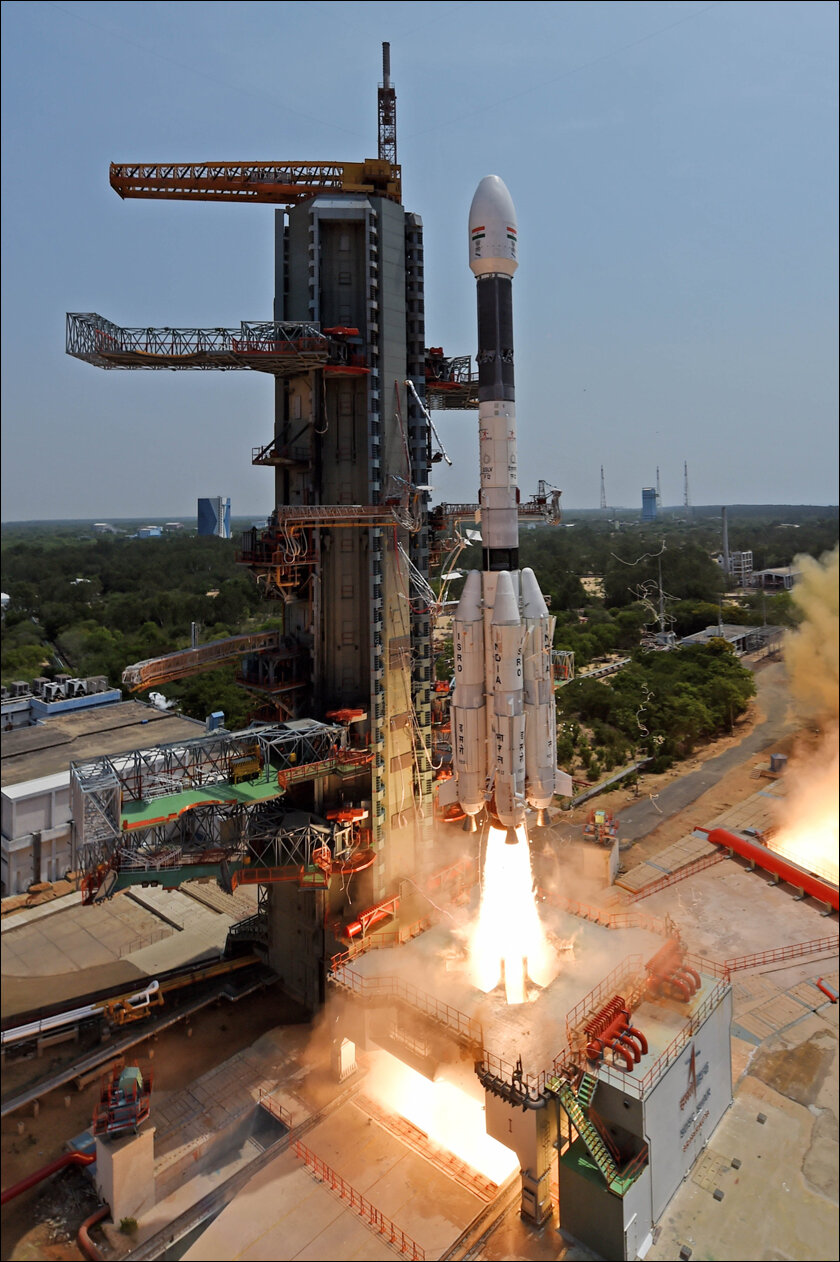
Gaganyaan Program and Unmanned Missions
Integral to ISRO’s 2024 agenda are two unmanned missions under the Gaganyaan program. These missions serve the crucial role of validating the human-rated launch vehicle and the orbital module in real-flight conditions. The program also includes multiple sub-orbital missions to validate the Gaganyaan Crew Escape System across diverse abort conditions, marking significant progress toward India’s manned space missions.
Key Highlights and Commercial Collaboration
Notably, ISRO’s mission calendar for 2024 involves putting the GSAT 20 communication satellite into orbit through a procured launch under a commercial contract by NSIL. This venture represents an important collaboration in the commercial satellite launching domain.
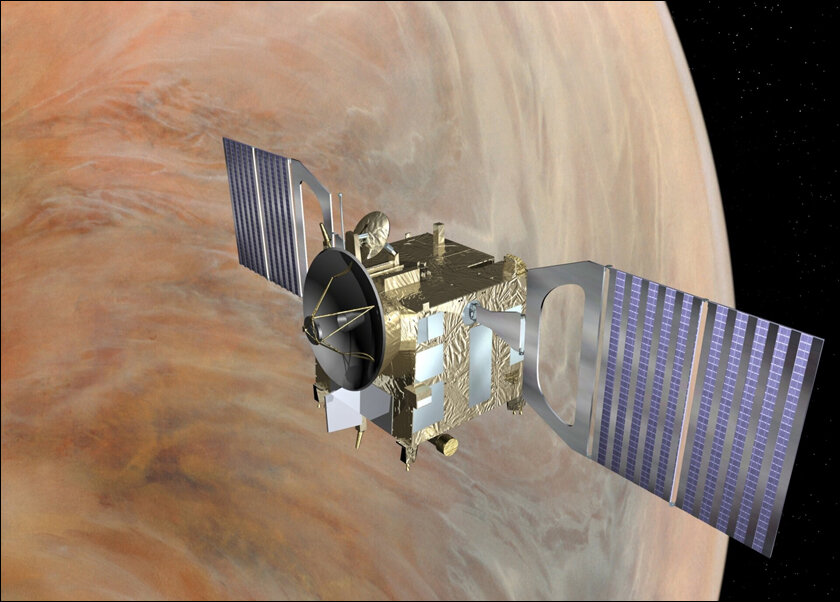
The Last Word
The envisioned missions by ISRO for 2024 reflect a strategic blend of scientific advancement, commercial collaborations, and technological experiments. With a focus on diverse objectives ranging from satellite deployment to human-rated spaceflight validations, these missions illuminate India’s trajectory towards becoming a prominent player in the global space exploration arena.
ISRO’s planned missions for 2024 symbolize not only a significant stride in India’s space capabilities but also signify the nation’s commitment to pushing the boundaries of space exploration and technological innovation.
The Indian Space Research Organization continues to chart its course towards an exciting and eventful 2024, promising breakthroughs that not only elevate India’s standing in space exploration but also contribute significantly to the global scientific community. As ISRO propels itself into this mission-packed year, the world eagerly anticipates the unfolding chapters of India’s space odyssey.
In case you missed:
- Why is Voyager 1 sending Gibberish after 47 Years?
- Scientists Discover Earth’s Third Energy Field, after 60 Years of Searching
- Introducing Universal AI Employee being built by Ema AI
- Climate Change Could Seriously Hamper India’s Progress by 2030
- Why is Indian Education Sector facing Record Number of Cyberattacks?
- How AI is leading the way for Agritech in India
- OpenAI finally unveils its Advanced Voice Assistant!
- WhatsApp to Allow Cross-Functional Chatting Soon
- Talk to ChatGPT with new AI Glasses
- Top 5 Tech Trends in 2024



